Analysis of Pennisetum Hydridum Pellet Production Project
Date: 12/03/2020 08:49:54 From: feed-pellet-plant.com Clicks:
Pennisetum hydridum (scientific name: Pennisetum sinese Roxb), also known as grain bamboo grass, king grass, king bamboo, giant elephant grass, sugarcane grass, is a perennial gramineous plant that grows upright and has strong tillering ability. A single plant can tiller every year. 80-90 plants can be called the emperor of the grass. Because of its long leaves and tall stems, and its stems are like small bamboos, it is named Huangzhucao. King bamboo grass is a four-carbon plant which is bred by crossing elephant grass and American pennisetum. It is a new type of efficient economic crop.
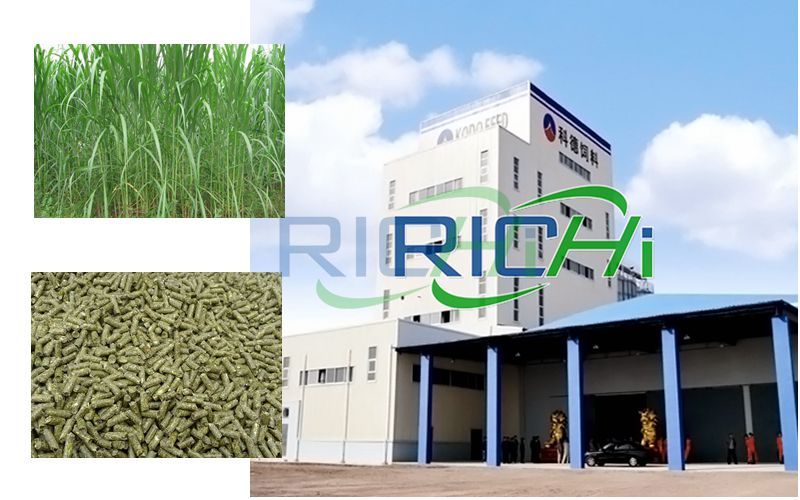
Analysis of Pennisetum Hydridum Pellet Production Project
1. The Use of Pennisetum Hydridum to Produce Biomass Pellets Has Obvious Advantages
King bamboo grass is a fast-growing, high-yield hybrid grass, which is neither a genetically modified plant nor a risk of ecological invasion. It can grow under various soil conditions and there is no competition with food crops. King bamboo grass is a perennial plant that can be harvested several times a year.
King bamboo grass grows very fast. It is a short-term crop rotation that can be harvested in the first year of planting. Compared with miscanthus, switchgrass, bamboo and other crops, the yield per mu is low, and it cannot be harvested until the second, third or even fourth year. Once the king bamboo grass is planted, it can be harvested for biogas production when it grows to a height of 1 meter after 40 days of planting, and can be harvested again every 25 to 30 days. Other applications, such as biomass pellets or biofuels, can be harvested 195 days after planting to a height of 4 meters, and then harvested again every 120 days. The high growth rate of King Bamboo grass can provide a continuous supply of biomass throughout the year. In tropical areas, the yield per mu of Pennisetum hydridum is 167 tons/mu (375 tons/ha), and the moisture content is about 70%. The dry matter yield is 45 tons per mu (100 tons/ha). King bamboo grass has excellent energy content, 7900 BTU per pound of dry matter (4400 calories per kilogram or 18.4 megajoules per kilogram). Elemental and ash analysis showed that the performance of Pennisetum hydridum is very close to corn stalk. It is also very good to use King Bamboo grass to produce biogas. Due to its competitive energy characteristics, coupled with multiple harvests per year, the annual energy output per mu, or energy output of King Bamboo grass, is three to four times larger than other plants. Therefore, as a biomass energy raw material, Pennisetum hydridum has a lower production cost.
2. Brief Description of Process Technology Plan
The Pennisetum hydridum in this project uses a green storage harvester to directly cut the Pennisetum hydridum into 3-5cm pellets in the planting area. The cut Pennisetum hydridum has a moisture content of 40% when harvested, and it is transported to the raw material storage area of the factory. After simple drying, the moisture content will drop to 30%, and then enter the grinding and drying section to crush the Pennisetum hydridum to 3mm It is long, fed into the stable bin, and evenly added to the dryer. In the dryer, the moisture content of the Pennisetum hydridum powder will drop to about 15%, which meets the granulation requirements, and then enters the dry material stacking area, and then enters the manufacturing In the granulation area, 8 granulators are used, divided into two groups, and are produced in parallel. The product temperature from the granulator is about 80°C. It needs to be cooled in the cooling area to reduce the temperature and increase the hardness of the particles. Finally, according to customer requirements, Packed in different weights, stored and ready for dispatch.
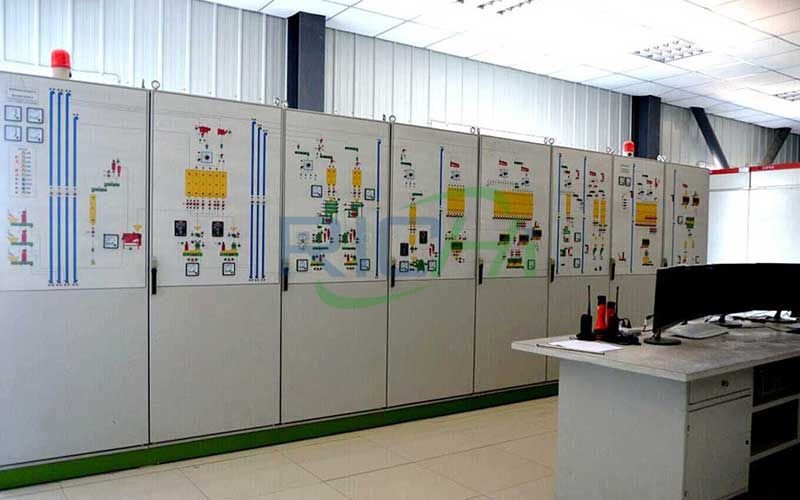
3. Process Equipment Selection
Table 1: List of main equipment of the project
| Serial number | Equipment name | Technical Parameters | Quantity | unit |
| 1 | Belt conveyors | 8m length, width 600mm, thickness of steel plate shell 3.5mm, herringbone belt with ribs |
3 | station |
| 2 | Shredder system | 45kw main motor, water drop type crushing box, crushing 6 tons/ hour, including air transport system |
3 | station |
| 3 | Crusher discharge hinge dragon | U-shaped hinged dragon, length 2m, diameter 320mm | 3 | station |
| ... | ... | ... | ... | ... |
Estimated total investment of the project The total investment of the project is 21 million US dollars, as detailed in the following table:
Table 2: List of total project investment estimates
| Serial number | project | total | Percentage of investment |
| 1 | Construction Investment | 1916.00 | 91.24% |
| 1.1 | Fixed asset investment | 1596.00 | 76.00% |
| 1.1.1 | Project costs | 1501.00 | 71.48% |
| 1.1.2 | other fee | 0.00 | 0.00% |
| 1.1.3 | Preparation cost | 95.00 | 4.52% |
| 1.2 | Intangible assets | 0.00 | 0.00% |
| 1.3 | Deferred assets | 320.00 | 15.24% |
| 2 | Interest during construction period | 0.00 | 0.00% |
| 3 | Premium | 72.81 | 3.47% |
| 4 | Cultivation fee | 52.50 | 2.50% |
| 5 | Working capital | 58.69 | 2.79% |
| 6 | total | 2100.00 | 0.99% |
4. Business Income and Tax Calculation
After the completion of this project, a virtuous capital chain cycle will be formed. According to preliminary estimates, the annual sales revenue will be 15 million U.S. dollars after the project reaches production capacity.
Table 3: List of project operating income
| project |
total |
Operation period | ||||
| 1 | 2 | 3 | 4 | 5-10 | ||
| Operating income | 15000.00 | 1500.00 | 1500.00 | 1500.00 | 1500.00 | 1500.00 |
| Biomass particles | 15000.00 | 1500.00 | 1500.00 | 1500.00 | 1500.00 | 1500.00 |
| Sales price (USD/ton) | 1500.00 | 150.00 | 150.00 | 150.00 | 150.00 | 150.00 |
| Output (10,000 tons) | 100.00 | 10.00 | 10.00 | 10.00 | 10.00 | 10.00 |
5. Profit Calculation
It is estimated that the total annual profit after the project is completed is 9,161,300 USD (starting from the third year, that is, after the loan is repaid). According to relevant documents, corporate tax is paid at 45% of the tax payable, and the statutory surplus reserve is withdrawn at 10% of after-tax profits. See the attached table "Project Profit and Profit Distribution Table" for details.
Pennisetum hydridum can be used in cattle feed pellet production line, sheep feed pellet production line, pig feed pellet production line and poultry feed pellet production line. If you want to build a Pennisetum hydridum pellet feed factory, please contact us!
The above is the article for you: Analysis of Pennisetum Hydridum Pellet Production Project. If you are interested in our products or project solutions, please contact us. We will give you the best product quality and the best price. Email: enquiry@pellet-richi.com
Related Product
Production Line Equipment
related News
- >Uzbekistan Nukus Chicken and Fish Feed Joint Pellet Production Lin
- >The Best-selling Commercial Automatic Pet Food Pellet Production L
- >Uzbekistan 10-15 TPH Chicken Mud Feed and Pellet Production Line W
- >Processing Project of Large-scale Feed Pellet Production Line With
- >600,000 Tons of High-grade Pig Feed Pellet Production Line Project
- >80 Tons/hour Large-scale High-end Pig Feed Pellet Production Line
- >Requirements for each section of the feed pellet production line
- >Annual Production of 10,000 Tons of Cattle and Sheep Straw Feed Pe
- >2020 China Feed Industry New Feed Pellet Production Line Project
- >What Are the New Feed Pellet Production Line Projects in 2019 (Par
Here you can submit any questions and we will get back to you as soon as possible. We will not disclose the information you submit to anyone, please rest assured.
Copyright© 2022 Richi Machinery. All rights reserved. Site Map


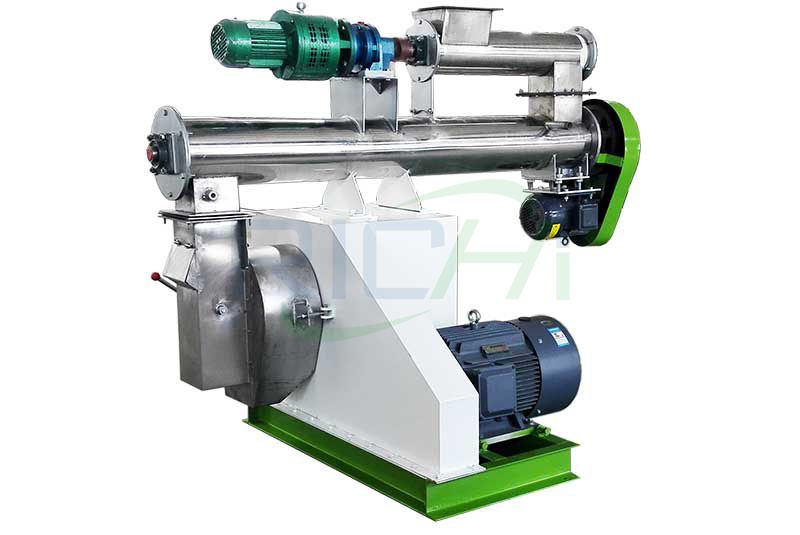
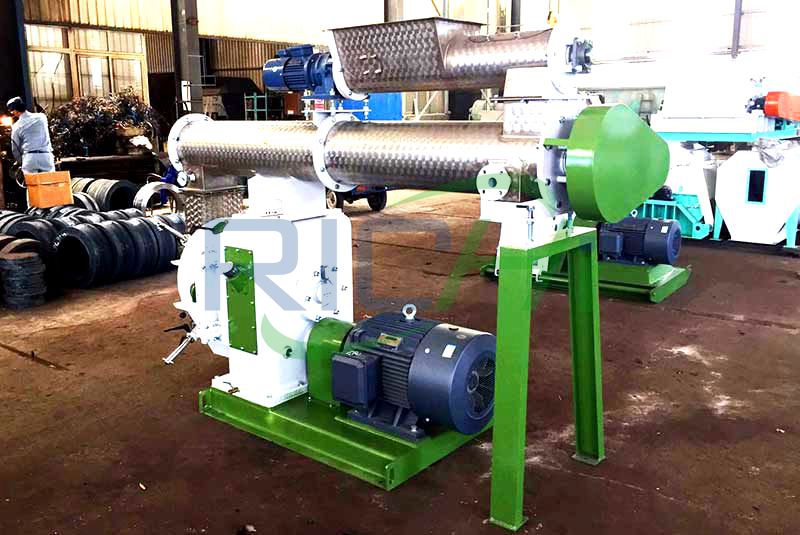
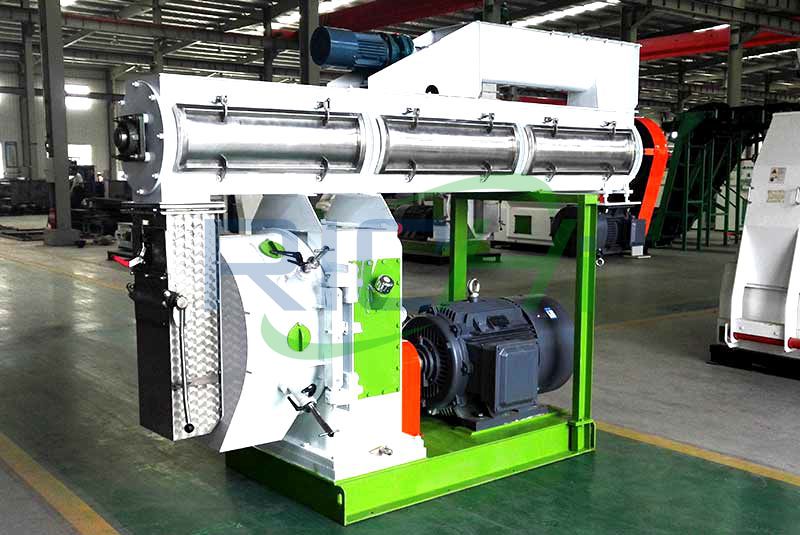
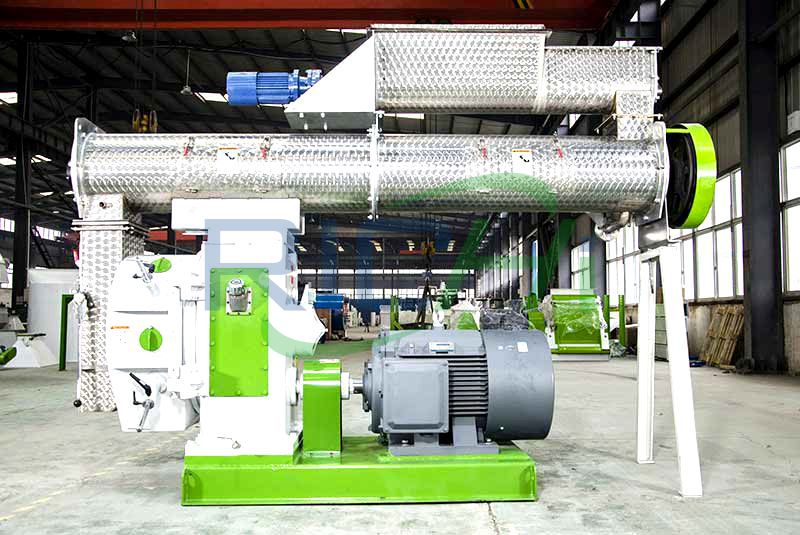
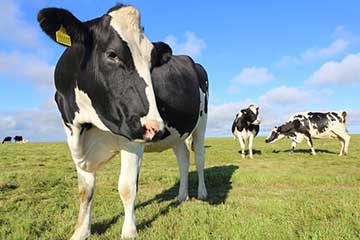
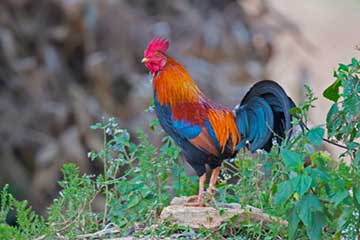
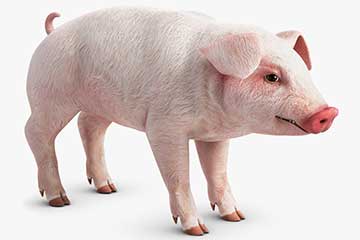
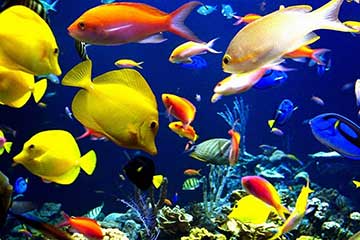
 Product Center
Product Center Get Latest Price
Get Latest Price